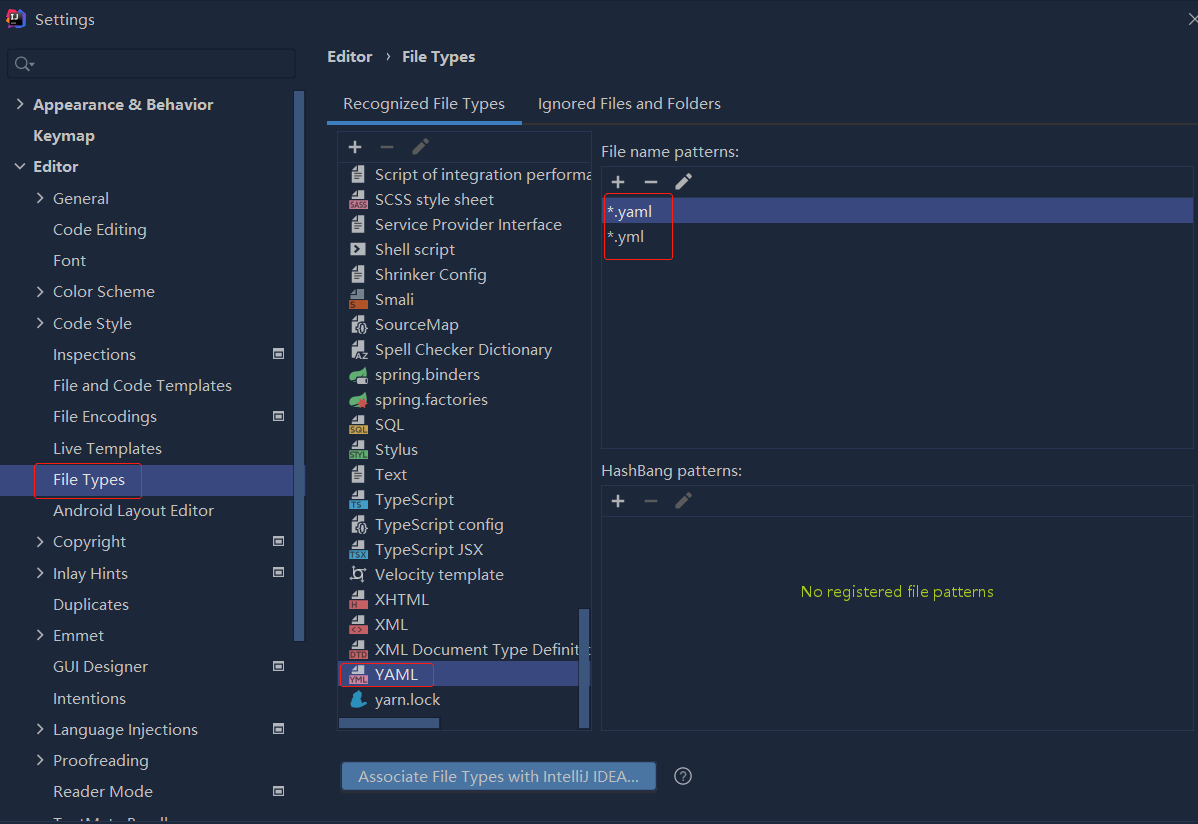问题描述
我正在尝试绘制二维xarray DataArray,该二维数组表示以极坐标表示的参数变量。 重要:theta坐标以度为单位,而不是弧度。以下代码段创建了一个示例数据集:
import numpy as np
import xarray as xr
res_theta = 20
thetas = np.arange(0,360,res_theta)
res_r = 0.1
rs = np.arange(0,1,res_r)
data = np.random.random((len(thetas),len(rs)))
my_da = xr.DataArray(
data,coords=(thetas,rs),dims=("theta","r"),)
我想将此数据绘制为极坐标pcolormesh。我还想依靠xarray的绘图例程从尽可能多的功能(构面,绘图自定义等)中受益。 Matplotlib的极坐标投影假定theta角以弧度给出:如果我寻求简单的解决方案,我首先必须将theta坐标转换为弧度,但是我不想修改数组到位。除了复制数组并转换副本的theta,没有比找到更好的方法了,例如:
def pcolormesh_polar_expensive(da,*args,**kwargs):
da_tmp = da.copy() # I'd like to avoid that
# Get x value
try:
x = args[0]
except IndexError:
x = da_tmp.dims[0]
da_tmp[x] = np.deg2rad(da_tmp[x])
try:
subplot_kws = kwargs["subplot_kws"]
except KeyError:
subplot_kws = {}
return da_tmp.plot.pcolormesh(
*args,subplot_kws=dict(projection="polar"),**kwargs
)
这将产生所需的图:
pcolormesh_polar_expensive(my_da,"theta","r")
实际问题
但是我想避免重复数据:我的实际数据集比那大得多。我进行了一些研究,发现了Matplotlib的转换管道,我有种感觉,可以用它在绘图例程中动态地插入此转换,但是到目前为止,我什么都还不能正常工作。有人知道我该如何进行吗?
解决方法
由于@kmuehlbauer的建议和对xarray.DataArray.assign_coords() docs的仔细检查,我设法产生了我想要的东西。
首先,我将测试数据修改为还包含单位元数据:
import numpy as np
import xarray as xr
import pint
ureg = pint.UnitRegistry()
res_r = 0.1
rs = np.arange(0,1,res_r)
res_theta = 20
thetas = np.arange(0,360,res_theta)
data = np.random.random((len(rs),len(thetas)))
my_da = xr.DataArray(
data,coords=(rs,thetas),dims=("r","theta"),)
my_da.theta.attrs["units"] = "deg"
然后,我改进了kwargs处理以自动进行单位转换,并创建了一个与theta维度相关联的额外坐标:
def pcolormesh_polar_cheap(da,r=None,theta=None,add_labels=False,**kwargs):
if r is None:
r = da.dims[0]
if theta is None:
theta = da.dims[1]
try:
theta_units = ureg.Unit(da[theta].attrs["units"])
except KeyError:
theta_units = ureg.rad
if theta_units != ureg.rad:
theta_rad = f"{theta}_rad"
theta_rad_values = ureg.Quantity(da[theta].values,theta_units).to(ureg.rad).magnitude
da_plot = da.assign_coords(**{theta_rad: (theta,theta_rad_values)})
da_plot[theta_rad].attrs = da[theta].attrs
da_plot[theta_rad].attrs["units"] = "rad"
else:
theta_rad = theta
da_plot = da
kwargs["x"] = theta_rad
kwargs["y"] = r
kwargs["add_labels"] = add_labels
try:
subplot_kws = kwargs["subplot_kws"]
except KeyError:
subplot_kws = {}
subplot_kws["projection"] = "polar"
return da_plot.plot.pcolormesh(
**kwargs,subplot_kws=subplot_kws,)
这里非常重要的一点是assign_coords()返回它从中调用的数据数组的副本,并且该副本的值实际上引用了原始数组,因此除了创建额外的坐标外,不增加内存开销。按照@kmuehlbauer的建议就地修改数据数组很简单(只需将da_plot = da.assign_coords(...)替换为da = da.assign_coords(...))。
然后我们得到相同的图(没有轴标签,因为我更改了默认值以便隐藏它们):
pcolormesh_polar_cheap(my_da,r="r",theta="theta")



 依赖报错 idea导入项目后依赖报错,解决方案:https://blog....
依赖报错 idea导入项目后依赖报错,解决方案:https://blog....
 错误1:gradle项目控制台输出为乱码 # 解决方案:https://bl...
错误1:gradle项目控制台输出为乱码 # 解决方案:https://bl...